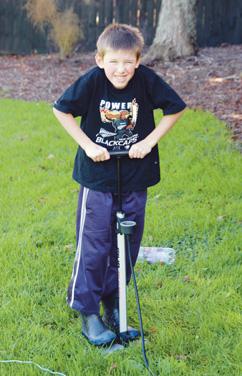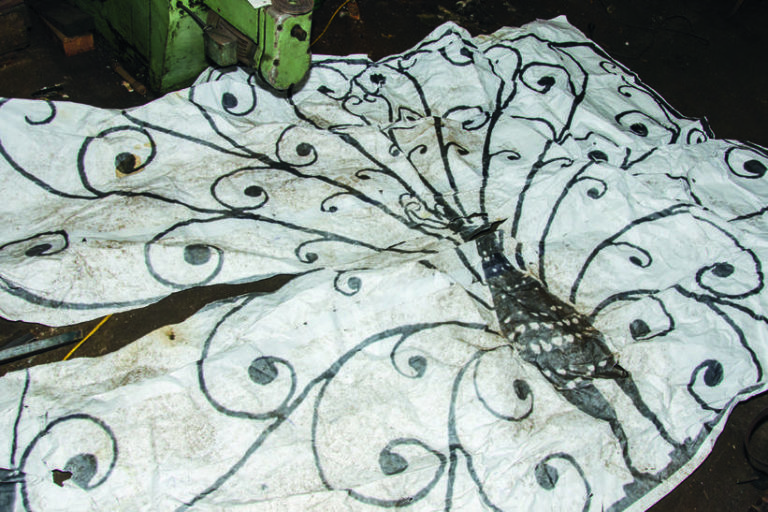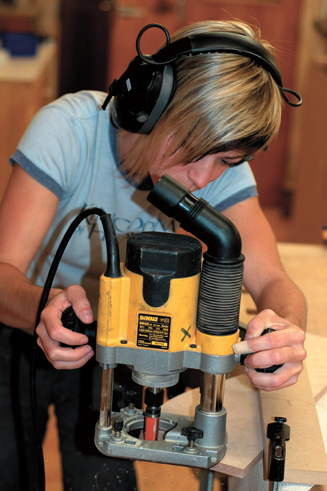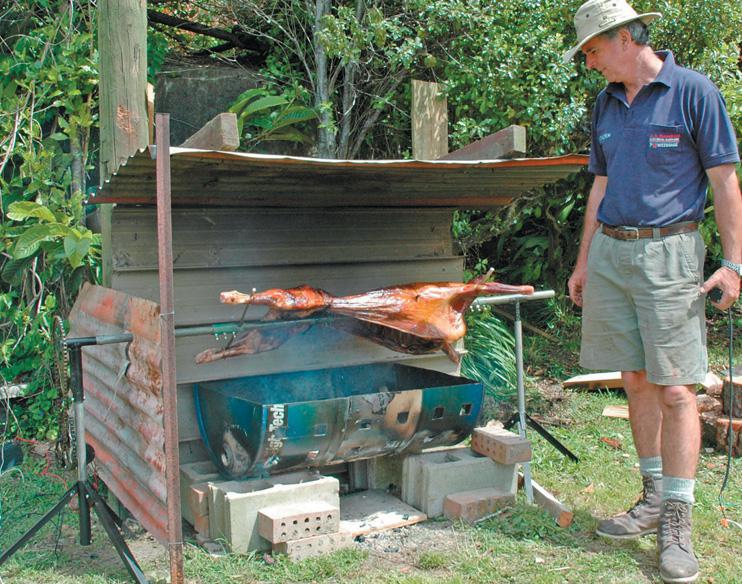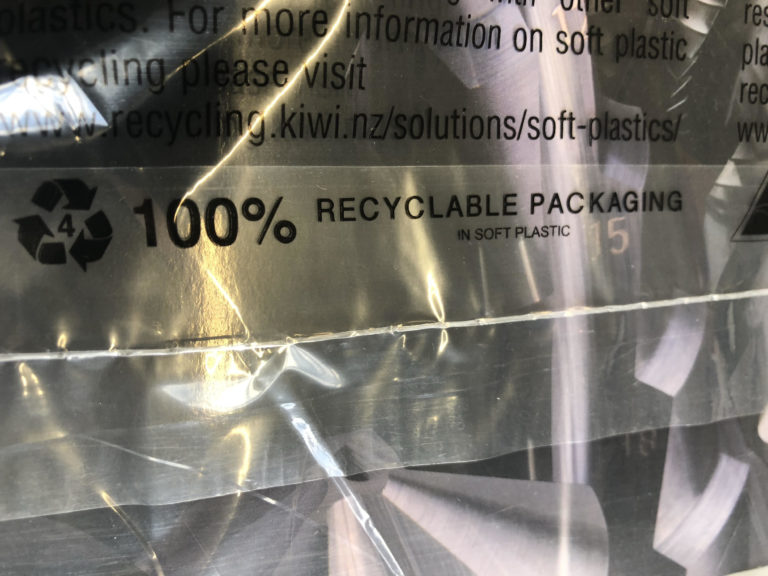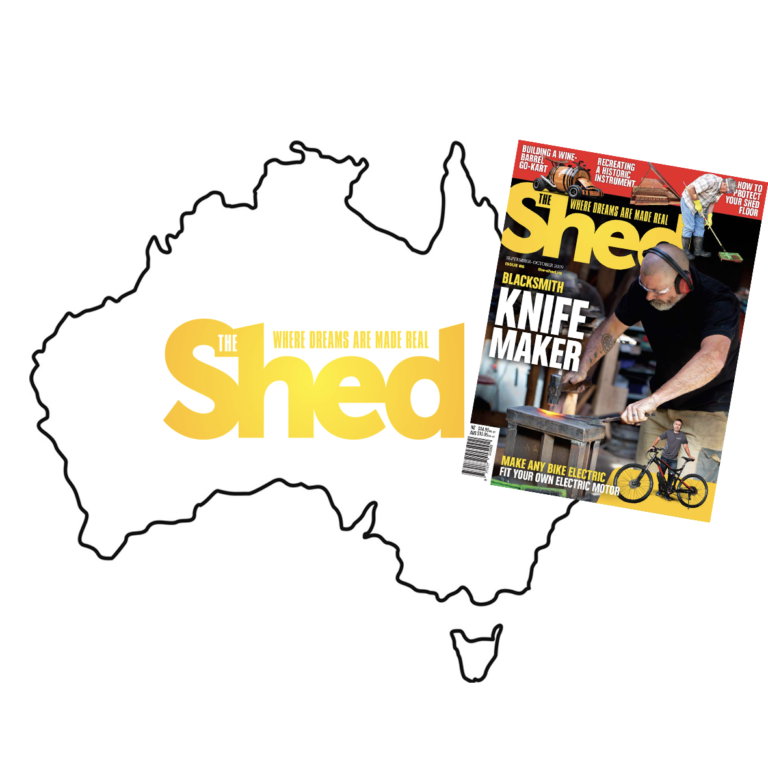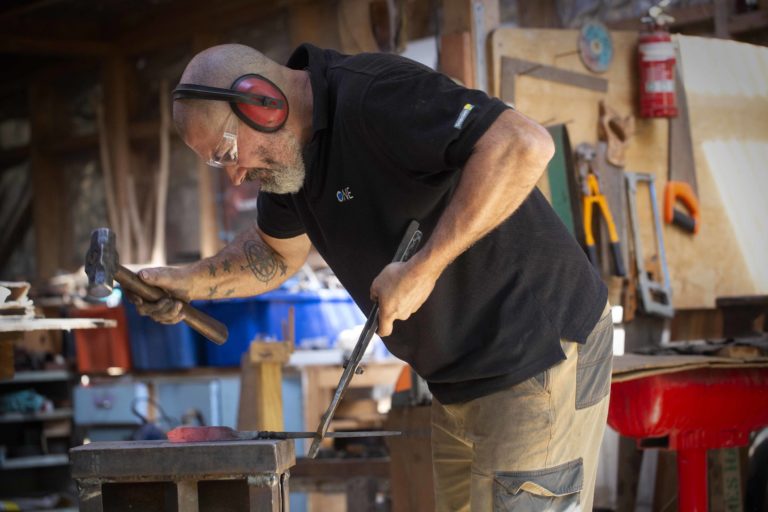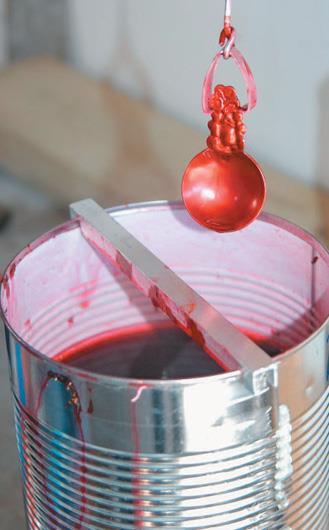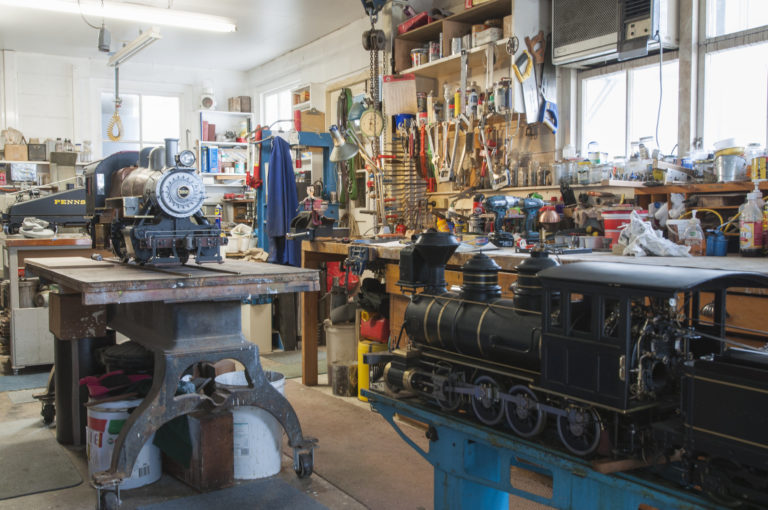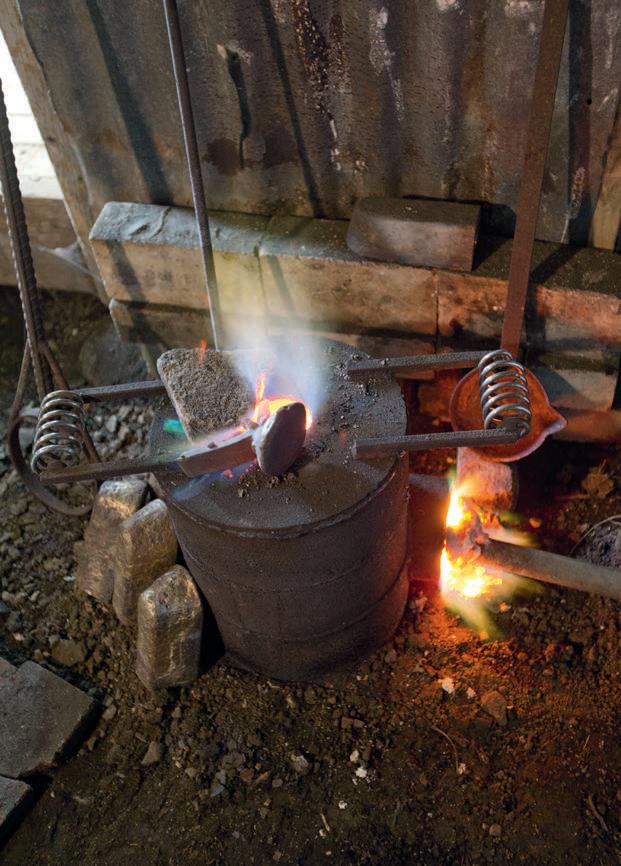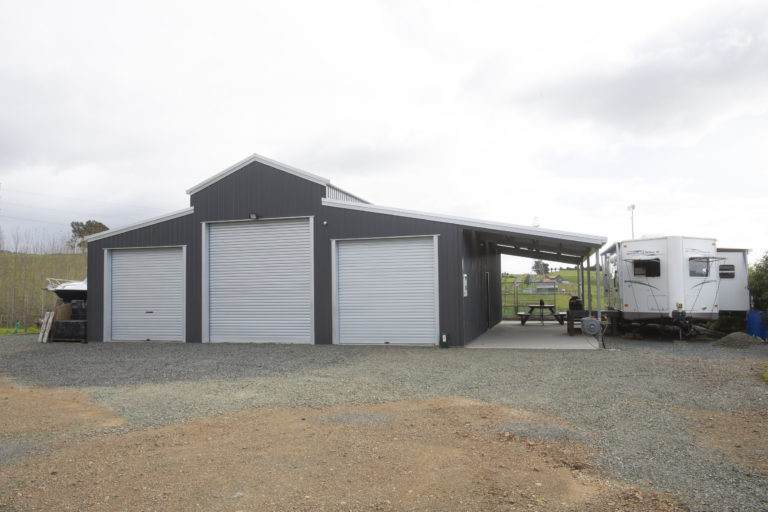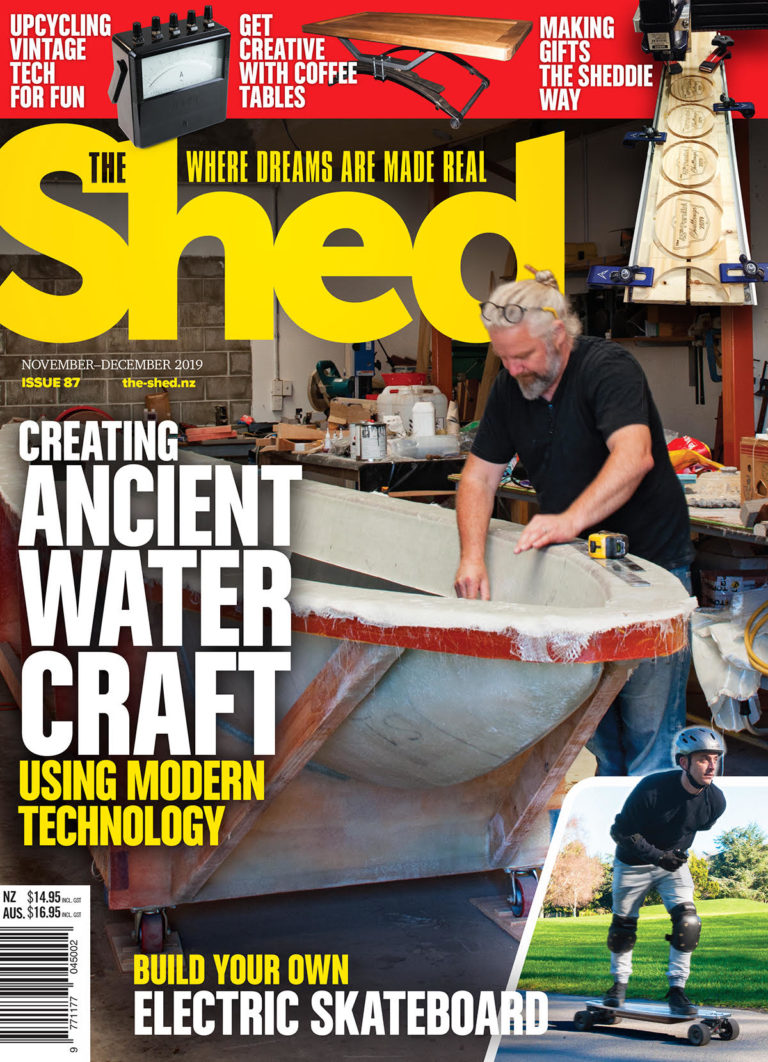
The Shed, November/December 2019 issue no 87, in shops now
The November/December 2019 Issue 87 of The Shed, has a real electronics feel about it but there is also a lot here to keep all sheddies informed, entertained and well-skilled up.
Our cover story is about the goal of a Christchurch boat builder, architect, designer, sailor, Quentin Roake, to find a way to build waka in large numbers. He wants to recreate the appearance and characteristics of traditional craft in a modern version that is portable, durable, and economical to manufacture. Quentin has made it his mission to put Maori waka back on the water by marrying traditional knowledge with today’s technology

